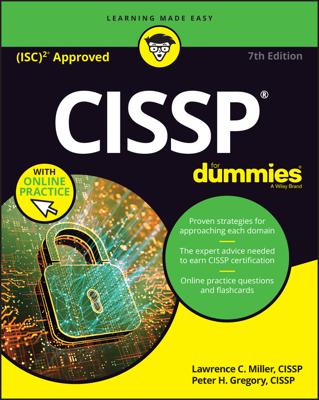As part of the Close Project or Phase for PMP Certification Exam purposes, you’ll need to formally transition project resources (team members) and the final product and then organize the project archives.
The final report and archiving information
Your final project reports should include information on the project objectives and how you met them, and also explain any variances from the success criteria. A key component in the final report is a final financial accounting and analysis. You should compare the final total expenditures with the original budget and identify the causes of variances.
For complex multiyear projects, you’ll want to show the information based on the organization’s fiscal year and compare that with the original funding requirements. Additional accounting information that may be required includes
A comparison of the financial metrics, such as NPV, FV, and so forth, that were used to justify the project in the first place.
Final earned value (EV) numbers and metrics if EVM is being used.
A description of the work packages that had significant variances and a root cause analysis on the variance.
Significant variances.
Validation or explanation of assumptions about cost estimates, including the “cost of money.”
The final report will be sent to all key stakeholders identified in the communication management plan.
Hopefully, you collected and organized your project documentation throughout the project. That ongoing effort makes it a lot easier when you have to archive information at the end. How you archive information depends on the nature of the project.
For some projects, you may want to have a box of files or set of notebooks organized alphabetically, chronologically, or by topic. In other situations, all your archives will be electronic and posted to an intranet. Some of the information you archive may be sensitive and can be stored only in a secure facility.
You should archive at least
The charter, project management plan, and project documents — especially all signed documents with approvals
Baselines, performance reports, variance analysis, and final results
Written communications, presentations, and reports
Stakeholder satisfaction surveys and lessons learned
Assumption, risk, and issue logs
Procurement documentation and records
Technical documentation
Archiving information is usually the last activity on a project. Frequently, the project manager is the only person still active at this point. The archived information is helpful for future projects. In many cases, regulations require that you maintain records and documentation for a specified amount of time: for example, warranty information, changes that involve regulations, and project information that could be audited for taxes or legal compliance.
Transition the product and resources
Having a few loose ends at the end of the project is not uncommon. Usually, new projects require your attention, so you need to make sure you take any open items and assign them to someone for follow-up and closure.
When transitioning a product or service to either a customer or to operations, you need to train the recipients on how to work the new product and how to support and maintain it. If there isn’t formal documentation and training for this purpose, make sure you spend sufficient time transferring your knowledge to whoever will be maintaining the product or service.
After the lessons learned and the project documentation is collected and organized, you can begin to release your resources. For team members, write up a performance assessment. This can be formal or informal. You should identify the behaviors and actions that contributed to the project’s success as well as any areas for improvement.
If your organization doesn’t have policies about this type of action, use your discretion on how you approach this. Most people want to improve, but you need to be sensitive and not hand out unsolicited advice!
An important part of releasing resources is having a celebration or some kind of event to acknowledge what the team has accomplished and thank the members for their contributions and participation. For large projects, this can be a nice event or dinner with awards, certificates, and speeches by senior management. Whatever the case, make sure you take the time to thank people and leave them with a feeling of closure.
If your project was at a work site, make sure that all the equipment is in better shape than when you found it, the supplies are stocked appropriately, and the area is neat and clean.

